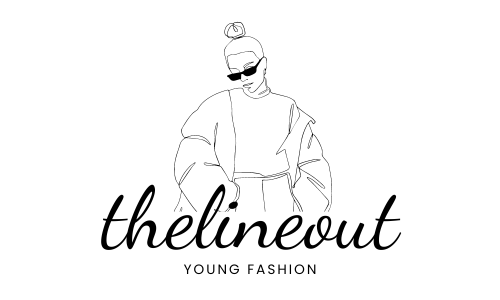The History and Revival of Mood Rings
Mood rings have become increasingly popular in recent years, captivating the attention of young people all over the world. These seemingly magical accessories change color according to the wearer’s emotions, providing a fun and trendy way to express oneself. But have you ever wondered how mood rings came to be? In this article, we will delve into the captivating history of mood rings and explore their modern-day revival.
The Origins of Mood Rings
Mood rings are not just a recent fad; they have a rich history dating back to the 1970s. They were first developed by two inventors named Joshua Reynolds and Maris Ambats. The concept behind mood rings was based on the idea that the body temperature of an individual fluctuates with their emotional state. The inventors used a specialized liquid crystal technology that changes colors in response to temperature changes, making it possible for the rings to reflect the wearer’s mood.
The original mood rings had a simple design, consisting of a hollow glass or quartz gemstone filled with the thermotropic liquid crystal. The gemstone would change color according to the temperature of the wearer’s skin. A dark purple or black color indicated a cool or negative mood, whereas bright blue represented a calm and relaxed state. Green suggested an average or neutral mood, while a yellow or amber color indicated a mix of emotions. Finally, a red or intense orange color suggested a passionate or excited mood.
The Revival of Mood Rings
After their initial popularity in the 1970s, mood rings gradually faded into obscurity. However, they recently made a surprising comeback, capturing the attention of young people once again. The revival of mood rings can be attributed to several factors, including nostalgia, fashion trends, and the desire for self-expression.
As young people began to embrace vintage fashion trends from the ’70s and ’80s, mood rings naturally found their way back into the mainstream. Their unique ability to change color according to one’s mood perfectly aligns with the current focus on mental health and self-care. Moreover, mood rings provide a whimsical and affordable accessory that complements a wide variety of styles, making them an attractive choice for young people who strive to stand out.
Benefits of Mood Rings
Mood rings offer more than just fashion appeal; they can also serve as a tool for self-reflection and emotional awareness. Wearing a mood ring encourages young individuals to pay closer attention to their emotions and triggers. By actively observing the changing colors of the ring, wearers can gain valuable insights into their mood patterns and identify potential triggers for negative emotions. This increased self-awareness can foster emotional growth and help individuals develop healthier coping mechanisms.
Moreover, mood rings can provide an outward expression of one’s emotions. Young people often struggle to articulate their feelings, but a quick glance at their mood ring color can convey their mood without needing to find the right words. This can be particularly helpful in situations where verbal communication is challenging, such as during conflicts or when experiencing high levels of stress.
Overall, mood rings offer young people a unique and stylish way to connect with their emotions and express themselves. As their popularity continues to rise, it is exciting to see how they will evolve and adapt to future fashion trends and technological advancements. So, if you have been curious about mood rings, don’t hesitate to explore this fascinating accessory and let it add a touch of enchantment to your life.
